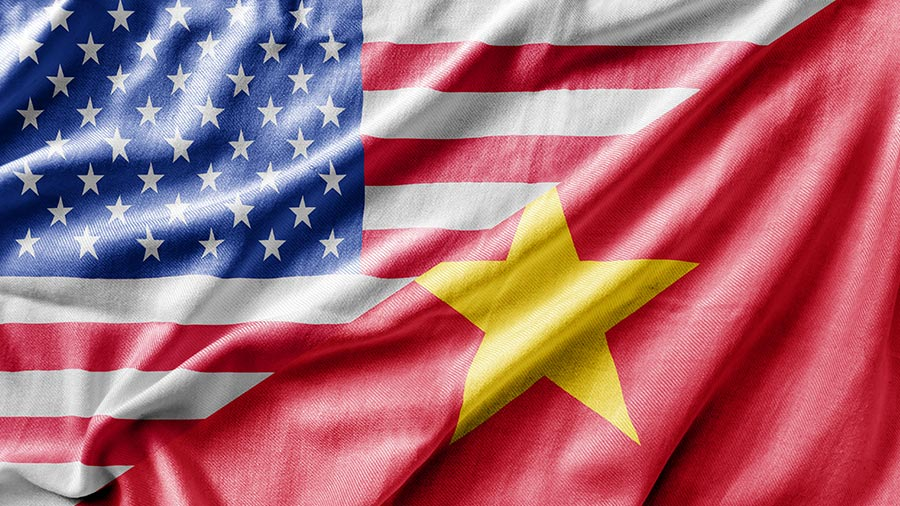How booming Vietnam offers the US an alternative to China

President Joe Biden is in Vietnam to strengthen economic ties with Hanoi and reduce reliance on China. The two countries have upgraded their diplomatic ties to a "comprehensive strategic partnership," benefiting companies like Apple and Intel who have already expanded their presence in Vietnam. The US imported $127.5 billion in goods from Vietnam in 2022, and Vietnam has become the US' eighth-largest trading partner. The US is looking to diversify its suppliers and move supply chains away from countries with geopolitical tensions, such as China. Vietnam offers lower wages and a youthful workforce for investment.
Source: Link
Frequently Asked Questions
Q: Why has Vietnam become an alternative for US businesses in Asia?
A: Vietnam has become an ideal alternative manufacturing destination for US businesses, partly due to the US-China trade war and the diversification of production outside of China. Source
Q: Is Vietnam eating into China's share of manufacturing?
A: Yes, Vietnam is eating into China's share of manufacturing, as it offers lessons for similar economies to capitalize on trends diversifying production outside of China. Source
Q: Are tech companies shifting production away from China to Vietnam?
A: Yes, tech companies like Apple, Microsoft, and Amazon have started shifting production away from China and have been manufacturing products in Vietnam. Source
Q: How has Vietnam transformed its economy?
A: Vietnam has shifted from a centrally planned to a market economy, which has transformed it into one of the most dynamic emerging countries in the East Asia region. Source
Q: Is Vietnam a cheaper alternative to China for tech talent and startups?
A: Yes, Vietnam offers a cheaper workforce compared to China, has membership in the Trans-Pacific Partnership trade bloc, and provides free trade opportunities for startups. Source
Q: Is Vietnam considered a suitable alternative to China for manufacturing?
A: Yes, Vietnam is considered a suitable alternative to China for manufacturing due to factors such as labor costs and the diversification of production outside of China. Source

